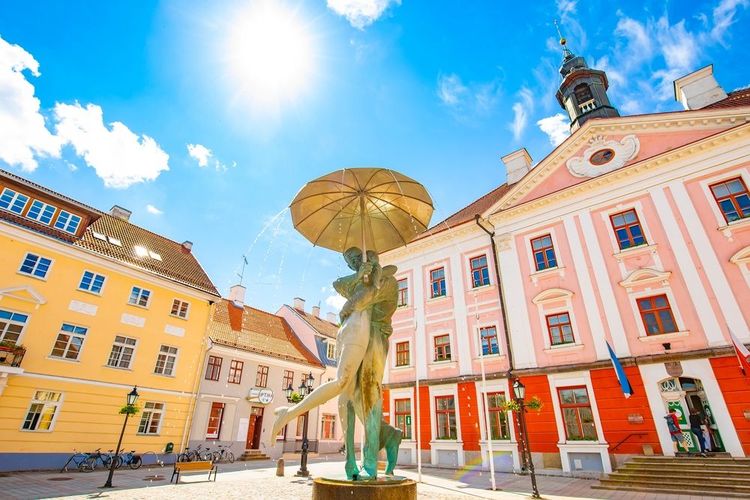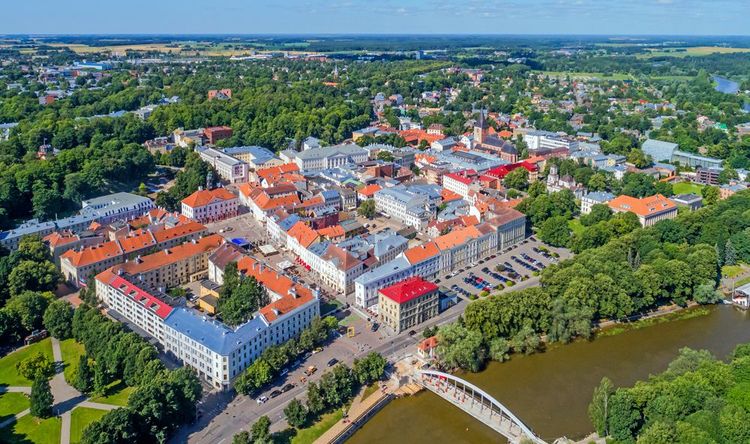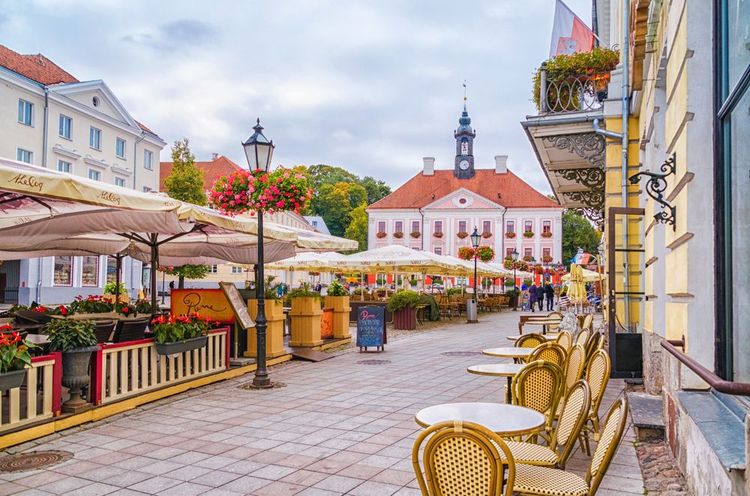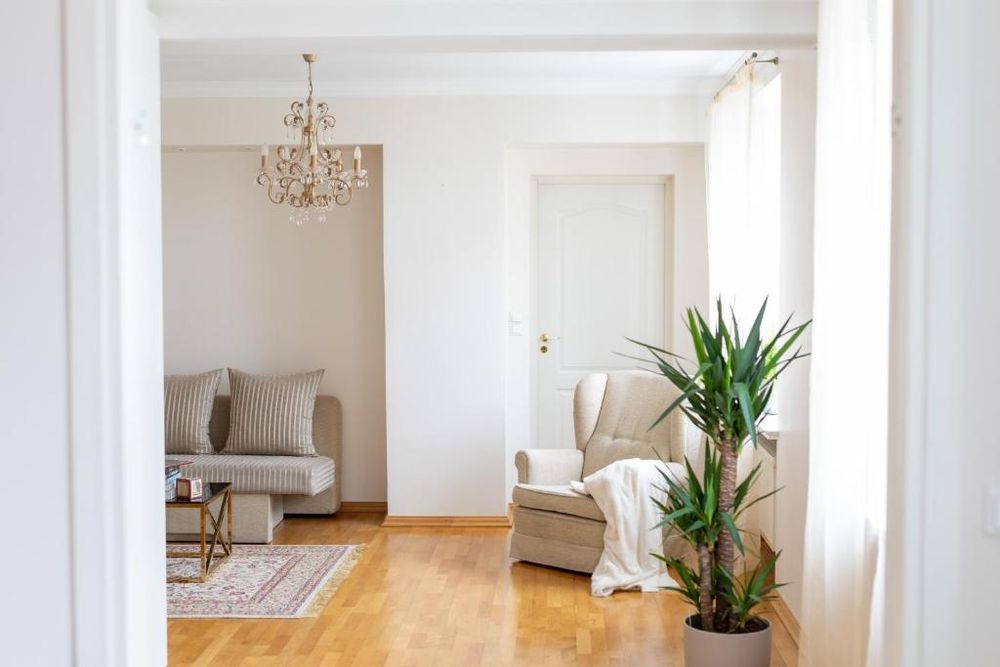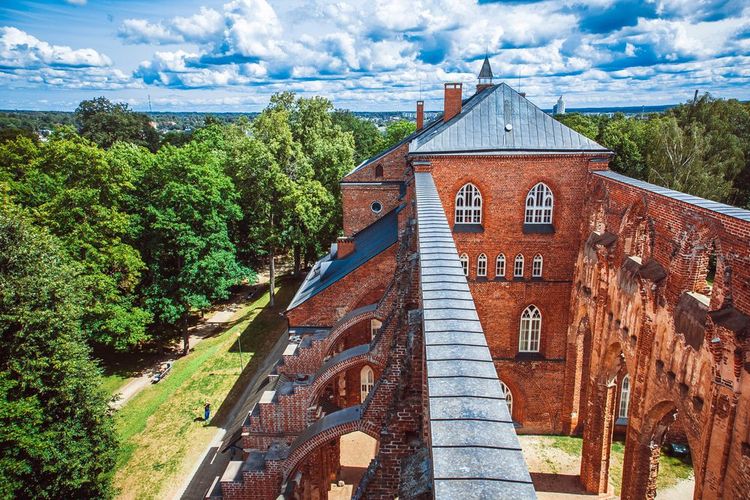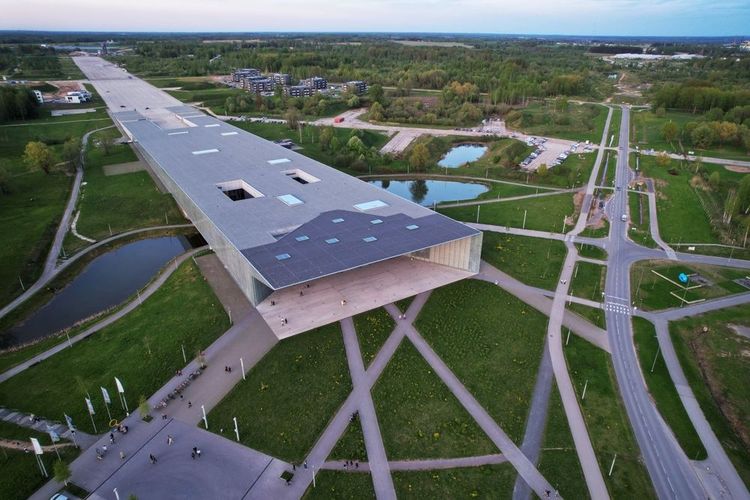Tartu, Estonia's second largest city (after Tallinn) was named European Capital of Culture 2024 together with Bad Ischl and [Bodø]. Together with the south of the country, Tartu will this year celebrate activities focusing on the power of the arts to improve the future and survival through respect for the environment, community strength and essential life skills.
The agenda for this event is rich in its diversity. There will be pagan dances, bus trips through the southern regions, gastronomic feasts, concerts, festivals: of light, of summer, of wellness, of art. More than 350 projects will be organised, leading to more than a thousand activities.
